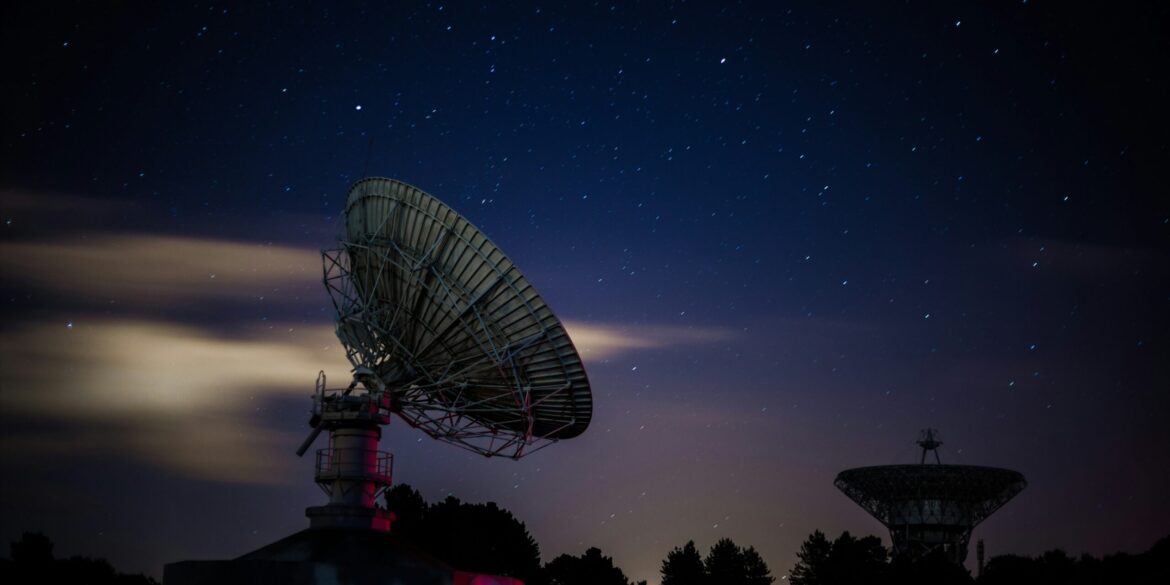NASA held a high-profile media briefing at 12 p.m. EDT to spotlight the NISAR mission—the NASA–ISRO Synthetic Aperture Radar satellite—just days before its scheduled late-July launch from India. Officials from NASA’s Science Mission Directorate and engineers from the Jet Propulsion Laboratory (JPL) detailed how this collaborative endeavor aims to reshape Earth monitoring.
The briefing opened with Nicky Fox, Associate Administrator of NASA’s Science Mission Directorate, highlighting NISAR as NASA’s first global synthetic aperture radar (SAR) mission. Designed to observe nearly all land and ice-covered surfaces every twelve days—and effectively every six days using ascending and descending orbits—it will collect data across a baseline three-year mission, with consumables for up to five years.
Paul Rosen, project scientist from JPL, elaborated on the satellite’s dual-frequency radar payload. The L-band radar, developed by NASA, and the S-band radar, provided by ISRO, will scan Earth’s surface with 3 to 10 meter resolution and detect deformations down to fractions of a centimeter. This capability allows NISAR to operate through clouds and darkness, enabling continuous monitoring of glaciers, forests, tectonic shifts, and hydrological changes.
Read Also: https://empirestatereview.com/nasa-opens-doors-at-huntsvilles-marshall-center-for-65th-anniversary/
Engineers from JPL and ISRO walked through the technical milestones: integration of NISAR’s 12-meter deployable antenna reflector, the largest yet launched by NASA, and final spacecraft assembly at ISRO’s Bengaluru facility. Some hardware required rework—reflective coatings, for instance—to meet stringent performance standards. Launch preparations are now in the final stretch, with the mission riding aboard an ISRO GSLV Mk II rocket scheduled for July 30 from Sriharikota’s Satish Dhawan Space Centre.
Mission leaders emphasized NISAR’s global reach and practical value. From tracking ice sheet retreat in Greenland and Antarctica to mapping shifts in forest biomass and groundwater reserves, the satellite will provide critical insights into climate change. In addition, its rapid-response capabilities will aid in natural disaster scenarios—earthquakes, landslides, volcanic activity, floods, and hurricanes—by capturing centimeter-level terrain deformations and creating actionable near-real-time imagery.
Beyond the science, speakers underscored the mission as a milestone in U.S.-India space cooperation. NISAR represents a joint $1.5 billion investment—the most expensive Earth observation satellite ever—funded by NASA and ISRO, with India contributing approximately INR 788 crore (around US $95 million). Since its 2014 inception, based on a merger of NASA’s DESDynI concept and ISRO’s S-band initiative, the partnership has served as both technological and diplomatic synergy.
Karen St. Germain, director of NASA’s Earth Science Division, noted that all NISAR data will be made openly available: within one to two days for general datasets, and within hours during emergencies. This aligns with NASA’s commitment to open science and broad accessibility, empowering global researchers, policymakers, and local communities alike.
Wendy Edelstein, deputy project manager at JPL, reminded media attendees that the mission launch—targeted for July 30, though subject to change—can be viewed live via NASA and JPL’s streaming platforms, including YouTube, X (formerly Twitter), and Facebook. Participants were also urged to join the conversation using the hashtag #AskNISAR, enabling real-time engagement with mission experts.
In closing, NASA and ISRO officials expressed optimism that NISAR will redefine our understanding of Earth’s dynamic systems, offering tangible benefits for climate research, disaster resilience, resource management, and international scientific collaboration.

